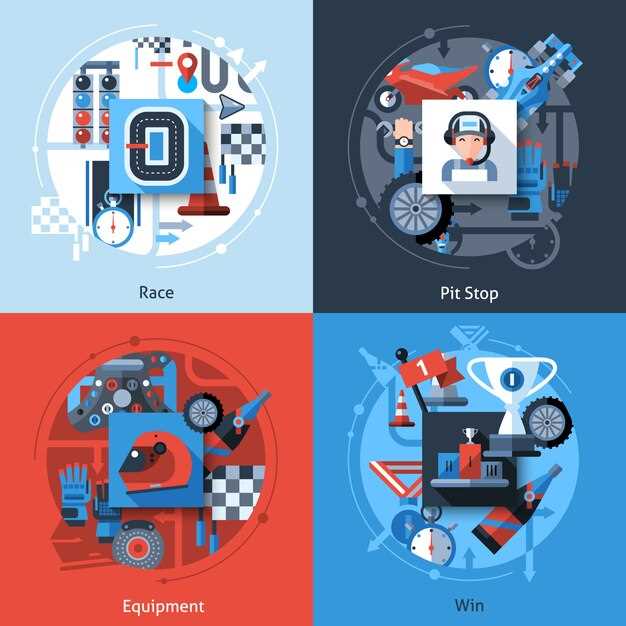
The braking system is one of the most critical components in a GT race car, playing an essential role in performance and safety on the track. Effective dissipation of heat generated during high-speed braking maneuvers directly influences lap times and driver confidence. In the world of motorsport, where every millisecond counts, the efficiency of brakes can make the difference between victory and defeat.
GT race cars are subjected to extreme conditions, often requiring brakes that can handle significant thermal stresses. The ability to manage heat through dissipation mechanisms is vital, as overheating can lead to brake fade, reducing stopping power and compromising performance. Engineers must carefully select materials and designs that optimize brake performance while ensuring reliability under grueling race conditions.
In this article, we will delve into the intricacies of brake systems in GT race cars, exploring how advanced engineering techniques and the latest technologies contribute to superior braking performance. Understanding the dynamics behind dissipation and braking efficiency will not only enhance the capabilities of race vehicles but also provide insights into the evolving landscape of automotive performance as a whole.
Optimizing Heat Dissipation in High-Performance Brake Components
In high-performance racing environments, efficient heat dissipation is crucial to maintaining optimal brake function. The excessive heat generated during braking can lead to brake fade, reduced performance, and safety hazards. Therefore, understanding the mechanisms of heat dissipation in brake components is essential for GT race cars.
One effective method for improving heat dissipation involves the use of specially designed brake rotors. Many race teams utilize slotted or drilled rotors, which provide surface area for heat to escape more effectively. These designs allow for improved airflow over the rotor surface, facilitating better heat transfer and reducing thermal buildup.
Material selection also plays a significant role in thermal management. Modern brake systems frequently incorporate composite materials or advanced alloys that exhibit better thermal conductivity and high-temperature resistance. These materials help dissipate heat more rapidly, ensuring that the brakes remain functional even under extreme conditions.
Another key aspect of heat dissipation optimization is the brake cooling system. Incorporating dedicated cooling ducts or utilizing airflow from the car’s aerodynamics can significantly enhance the cooling efficiency of the brake assembly. By directing fresh air towards the calipers and rotors, teams can minimize heat accumulation and extend the lifespan of their braking components.
Additionally, monitoring temperature through sensors allows teams to collect data in real-time. This data can inform adjustments to the brake balance and modulation strategies, ensuring that the braking system operates within its optimal temperature range throughout a race.
In conclusion, optimizing heat dissipation in high-performance brake components is vital for enhancing the performance and reliability of GT race cars. By selecting appropriate materials, designing effective rotors, and implementing advanced cooling solutions, teams can ensure that their brakes perform at peak efficiency under the intense demands of competitive racing.
Types of Brake Materials and Their Impact on Performance

Brake performance in GT race cars heavily depends on the materials used in their construction. The choice of brake materials influences several factors, including heat dissipation, durability, and overall effectiveness under extreme conditions.
Carbon-Carbon Composites are favored in professional racing due to their exceptional ability to withstand high temperatures and provide consistent braking performance. These composites excel in heat dissipation, allowing brakes to maintain optimal operating temperatures even during prolonged use. This leads to improved brake responsiveness and reduced fade, key aspects in a high-stakes race environment.
Metallic Alloys are also popular, particularly in applications where cost efficiency is crucial. While offering good strength and thermal conductivity, they often lack the thermal stability of carbon-based materials. This may result in quicker heat buildup, causing potential brake fade, a phenomenon that can compromise performance when racing at high speeds for extended periods.
Ceramic Composites, another advanced material choice, provide a balance between weight and braking efficiency. These materials are lighter than their metal counterparts, reducing overall vehicle weight, which can enhance acceleration and cornering. Furthermore, ceramics tend to offer excellent heat dissipation properties, helping to maintain consistent performance during intense racing scenarios.
Material selection not only affects brake performance but also influences vehicle dynamics. For instance, the use of lightweight materials can improve overall handling, whereas heavy materials may negatively impact lap times due to increased inertia. Therefore, understanding the impact of different brake materials on performance is essential for achieving competitive advantage in GT racing.
Maintenance Practices for Enhanced Brake Longevity in Racing

Maintaining optimal brake performance is crucial in GT racing, as brakes endure extreme conditions and high heat levels. Regular inspections are essential to identify any signs of wear or damage. Key components such as brake pads, rotors, and calipers should be thoroughly examined for cracks, warping, or uneven wear that may affect braking efficiency.
Heat management plays a vital role in brake longevity. Using thermal monitoring systems can help track temperatures during races and practice sessions. Understanding the heat levels can guide adjustments in braking techniques or even modifications to the brake setup. Employing brake cooling ducts can enhance airflow, reducing the overall temperature and preventing brake fade.
Proper bedding of brake pads is crucial for maximizing performance and lifespan. Following manufacturer recommendations for bedding procedures ensures an even transfer of pad material onto the rotor surface, providing optimal friction and reducing the chances of glazing, which can occur with excessive heat. Additionally, choosing the right material for brake pads based on the track and racing conditions is essential in prolonging their life.
Regular cleaning of brake components prevents the accumulation of debris and contaminants that can increase wear while also impairing performance. Utilizing specialized cleaning solutions ensures that components maintain their integrity and function efficiently. Furthermore, replacing brake fluid at scheduled intervals is necessary, as old fluid can absorb moisture leading to reduced performance under high heat conditions.
Finally, tracking usage patterns and understanding how different circuits and driving styles impact brake wear can aid in developing a maintenance routine tailored to specific needs. By implementing these practices, drivers and teams can significantly enhance brake longevity while ensuring reliability and performance on the track.











